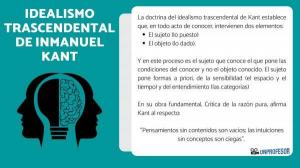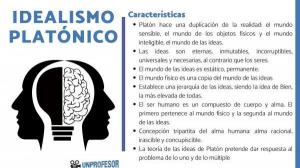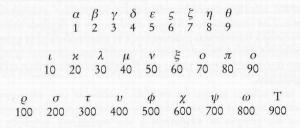The main Aztec CODICES and their MEANING
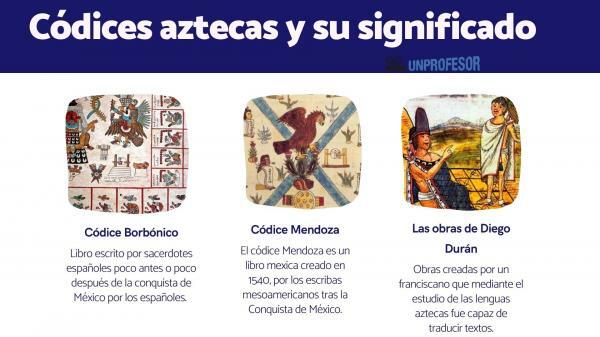
As it happens in other cultures such as the Mayan, the Aztecs they also had a series of codices or books to show your daily life or as a guide for certain questions. To know in depth these vital written sources for the Aztecs in this lesson from a PROFESSOR we must talk about the Aztec codices and their meaning.
Index
- What are the Aztec codices?
- Codex Bourbon, one of the important Aztec codices
- Codex Mendoza
- Other Mexican codices
What are the Aztec codices?
The aztec codices, contrary to the mayan codices, they are not contemporary to the Aztec period, but they are books written in the colonial period by priests or other Europeans who try to copy books from the Aztecs who in one way or another disappeared.
The Aztec codices are considered the best written sources that we have on the Aztec culture, serving to know their life, their society and obviously their religious customs. Although they are complicated from the western point of view, since instead of having large written paragraphs it is based more on the use of
pictograms and other symbols that help through drawings to better understand Mexican life.One of the most curious details of these codices is that they are not only written using Mexica images, but also have elements of other Mesoamerican cultures and with Western languages such as Spanish or Latin, realizing that they were books written after the arrival of the Europeans.
Codex Bourbon, one of the important Aztec codices.
We began to know the Aztec codices and their meaning by talking about the Bourbon codex, a book written by Spanish priests shortly before or shortly after conquest of Mexico by the Spanish, being therefore written between the years 1562 and 1563.
The authorship of the text is unknown, it being only evident that it was written by priests imitating the symbols of the books of the Mesoamerican zone. During his career he traveled between the cities Madrid, where he was in the Escorial, to Paris where he still remains today.
Although since its creation the document has been kept in the best possible hands, the reality is that the book is not quite right, some pages having disappeared and others being very deteriorated. Even so, the large amount of information included in its pages makes it the best possible source to know the history of the Aztecs.
Sections of the Bourbon Codex
Regarding its division, we can say that the codex is divided into three sections, each one having a series of more or less determining elements to know the Mexica.
- The first part of the book talks about a calendar and its riddles, therefore being a part of the work that seeks to understand the premonitions that the Aztecs had of each date and which was the main god on that day.
- The second part of the book talks about the mesoamerican cycle, being a series of 52-year cycles in which Aztec time was supposed to occur.
- Finally the third part talked about the rituals and sacrifices that should take place at the end of the 52-year cycle, being an unfinished part we suppose because the cycle did not take place.
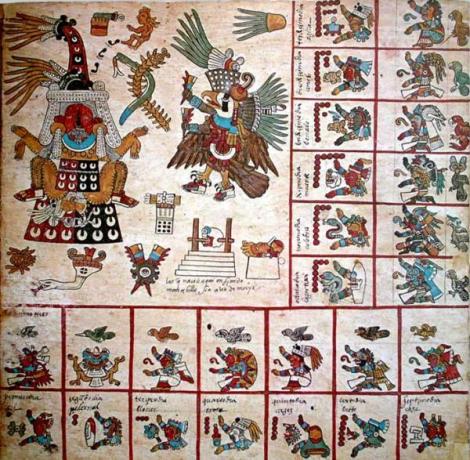
Codex Mendoza.
The Mendoza codex is a Mexica book made in 1540, being created by Mesoamerican scribes after the Conquest of Mexico by the Europeans. It is thought that the origin of the codex could be a union of numerous Mexica texts, translated by the Aztecs at the request of the Viceroy of New Spain Antonio de Mendoza, being the reason why it receives its name.
The idea of the Spanish government when asking Mendoza to create the codex seems the need to know information about the politics, society and the military Mesoamericans, in order to better understand what kind of people the Mexicans had conquered.
Parts of the Mendoza Codex
The division of the Mendoza codex consists of three sections, each one having very useful information to know the Aztecs.
- The first section is dedicated to summarizing the history of the aztecs from 1325 to 1521, so since the founding of Tenochtitlan until the European conquest of Mexico, summarizing the rulers and their main conquests.
- The second part talks about peoples conquered by the Aztecs and summarize the payments that all these towns made.
- The third part on the other hand is a summary by means of images of all kinds of activities carried out in daily life of the Aztecs, being the best source to understand the day to day of this great civilization.
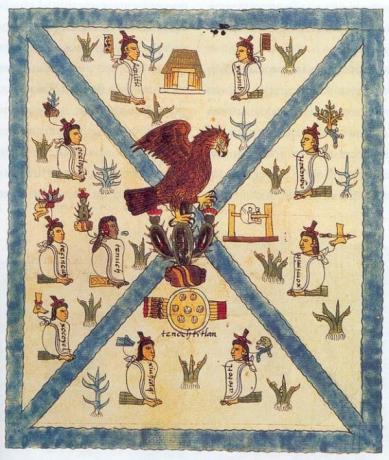
Other Mexican codices.
To finish this lesson on the Aztec codices and their meaning, we must talk about the rest of the Mexican codices, these being less relevant than those previously mentioned, but being just as key to understanding the culture of the Aztecs. The Mexican codices that we know are the following:
- The works of Diego Durán: Works created by a Franciscan who through the study of the Aztec languages was able to translate many of the Aztec texts.
- Annals of Tlatelolco: A book on how the first years of European colonialism are recounted and that narrates the help that Tlatelolco made in the conquest of Mexico.
- The Book of Tributes: One of the first censuses of which we have evidence in the Mesoamerican area, being requested by Hernán Cortes to know its population.
- Codex Borgia: A set of Mexica texts written shortly before the Conquest of Mexico and that narrate many of the daily activities of the Aztecs.
- Codex Aubin: A huge text that narrates the entire life of the Aztecs, from their flight from their homeland to their conquests.
- Florentine Codex: Created under the supervision of priests tells the daily life of the Aztecs.

If you want to read more articles similar to Aztec codices and their meaning, we recommend that you enter our category of Story.
Bibliography
- Betancourt, L. M. M. (2015). The Codex Mendoza or Mendocino. CIESAS / CONACyT, 1-35.
- Batalla Rosado, J. J. (1993). The "tlacuiloque of the Bourbon Codex". Iconographic analysis of Calendrical Signs.
- Durán, D. (1880). History of the Indies of New-Spain and islands of Tierra Firme (Vol. 2). JM Andrade and F. Escalante.
- Seler, E. (1963). Comments to the Borgia codex (No. 04; F1219. 56. B65, S4.).

